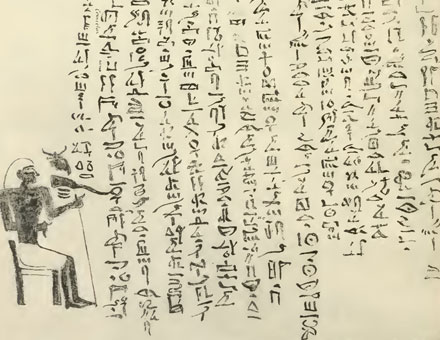The Hatnub Epigraphic Project
The Hatnub Epigraphic Project is a joint venture between Dr Roland Enmarch (University of Liverpool) and Dr. Yannis Gourdon (Institut Français d'Archéologie orientale - Le Caire (IFAO)/Maison de l'Orient et de la Méditerranée).
About the Project
The project led by Dr Roland Enmarch and Dr. Yannis Gourdon is recording texts commemorating pharaonic expeditions to the Egyptian alabaster quarries at Hatnub (in the desert c. 18km south-east of Amarna).
These are of particular importance for reconstructing Egyptian history, particularly in the period of the late First Intermediate Period to early Middle Kingdom (c. 2150-1950 BC). Since Georg Möller’s 1907 work (published by Anthes in 1928), little epigraphic work has been undertaken at the site, which is under ongoing threat from modern alabaster extraction.

Aim
The aim of this project is to produce a full epigraphic, photographic and topographical record of the surviving inscriptions of Hatnub Quarry P (many of which are only available in hand copy format in previous publications). During our first full season, undertaken in winter 2012, our objective was to identify and verify the inscriptions previously copied by G Möller and published by R Anthes, and to seek unpublished inscriptions.
Findings
Nearly all of the remaining in-situ inscriptions noted by Möller were identified, as well as over 60 unpublished inscriptions and images: the majority of these are on the south wall of the pit of Quarry P (18 new inscriptions and figures), and on the boulder that marks the threshold of the main pit on the south side of the entrance (36 human figures, some with inscription). Additional (very faint) passages for some previously published inscriptions have also been identified.
While some traditional epigraphic recording on transparent film was undertaken, it was also found useful to subject the photographic images of these faint red ink traces to digital enhancement, using the plug-in ‘D-stretch’ developed for the ‘ImageJ’ programme. By means of this, numerous inscriptions have been revealed which can hardly be seen at all with the naked eye.
Funding
This project has been made possible with the generous support of IFAO and the British Academy.